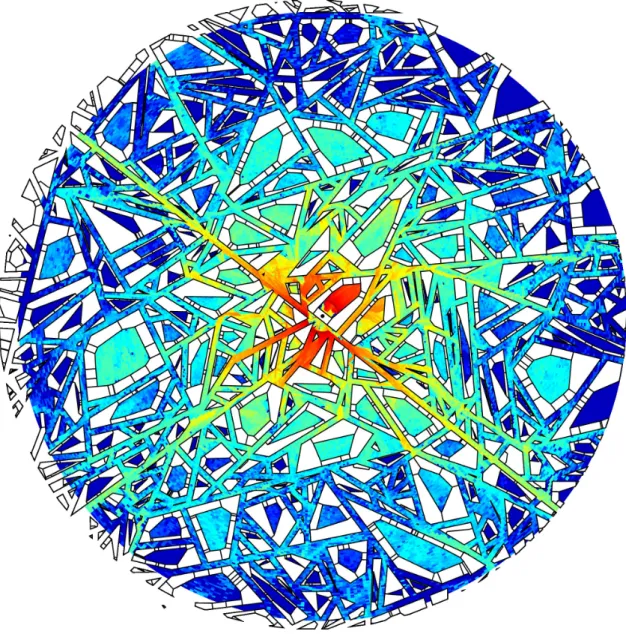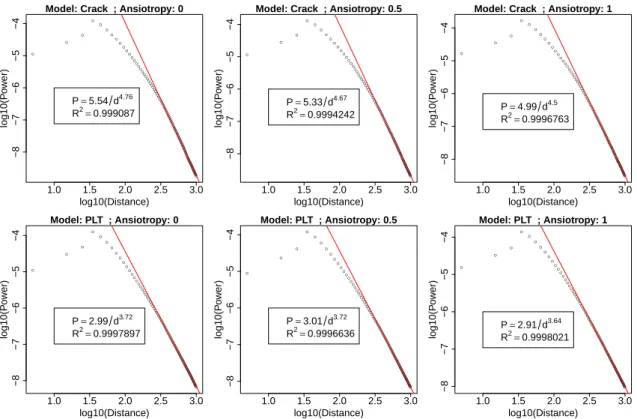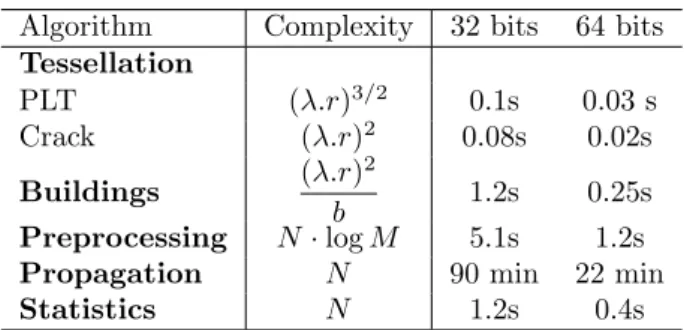Stochastic simulation of urban environments
Texte intégral
Figure
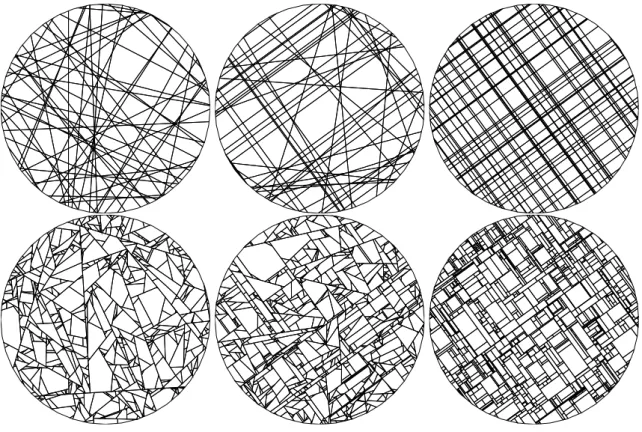

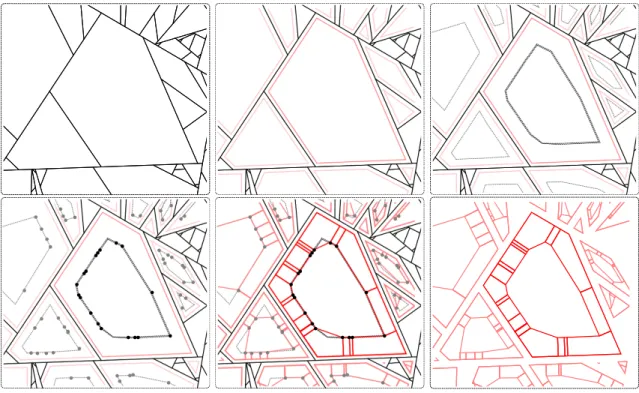

Documents relatifs
This mesoscale evolution law is obtained through the energy balance equation by specifying two mechanisms at microscale: (i) the grain boundary energy (disorientation) and (ii)
In parts II and III, we gradually introduce our model that consists in throwing roads on a map according to a Poisson line process, and then throwing users on each road according
Plusieurs modèles de tessellations en T aléa- toires ont déjà été proposés comme le modèle de tessellation rectangulaire de Mackisack et Miles (1996), le modèle d'Arak et al..
The Lavesphase is a structure often observed for alloys between small and large atoms. Experimentally, it is possible to prepare these alloys in the amorphous state for
In Theorems 1.3 and 1.5 we prove that with high probability the isoperimetric ratio of the cells with many facets is bounded away from zero, thus proving that it is not too close to
Since the given 3-dimensional P-Sasakian manifold is of constant scalar curvature r = 6 , therefore, by virtue of Theorem(4.1), it implies that it is locally φ
[r]
The Branch and Bound algorithm deletes whole blocks of the search space whereas the Evolutionary Algorithm looks for the optimum in the remaining space and sends to the IBBA the
